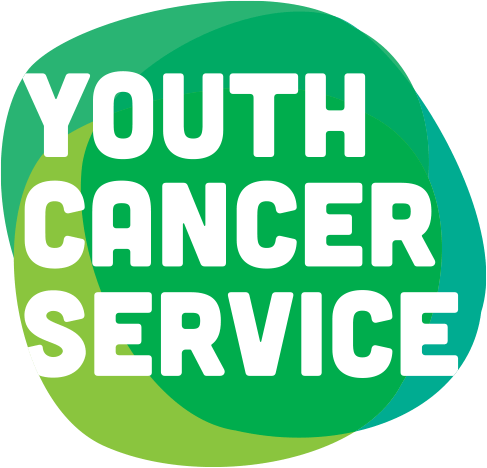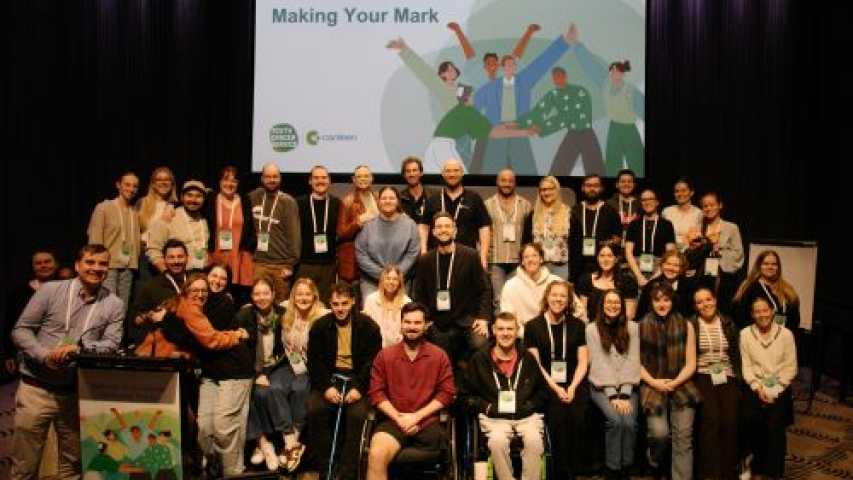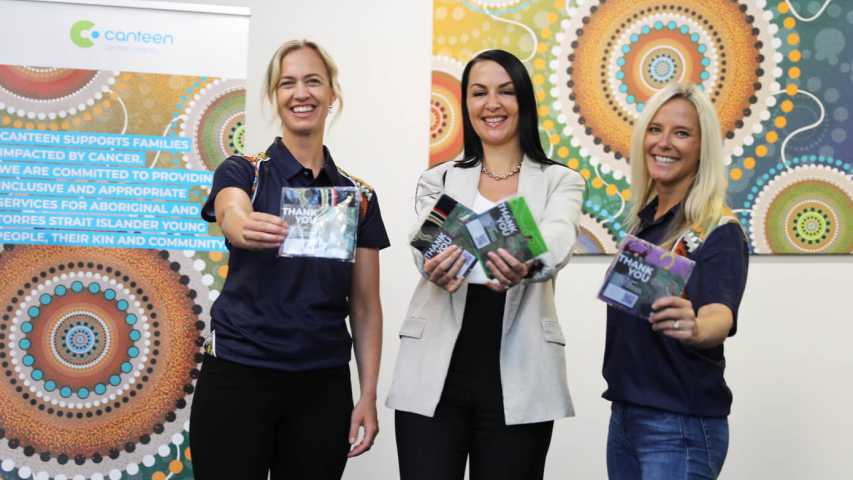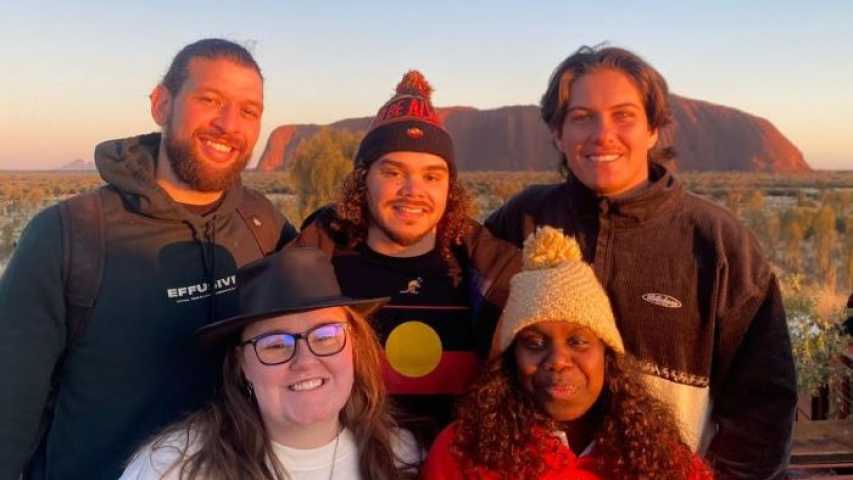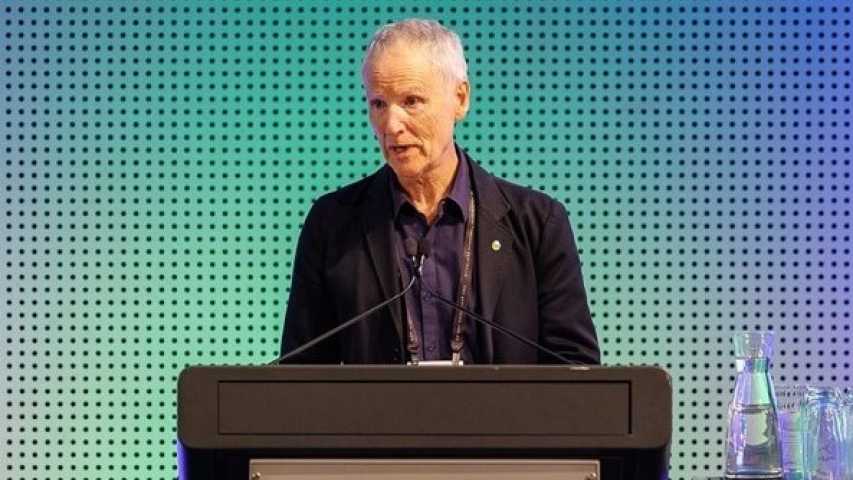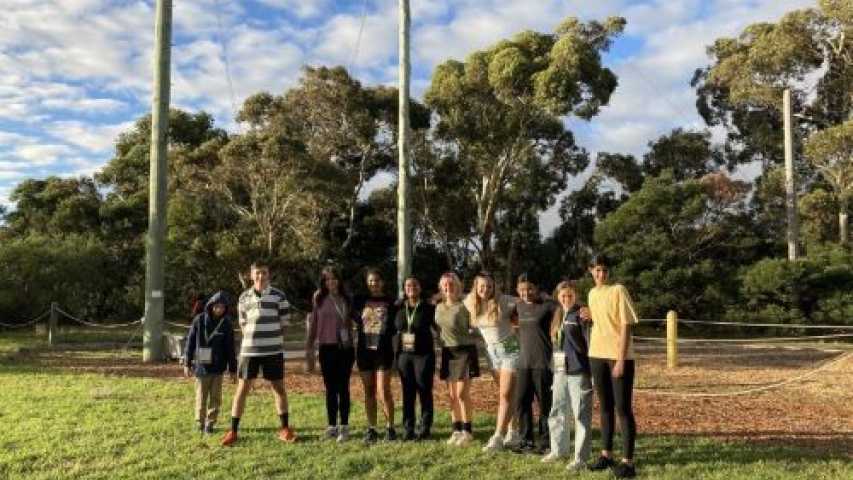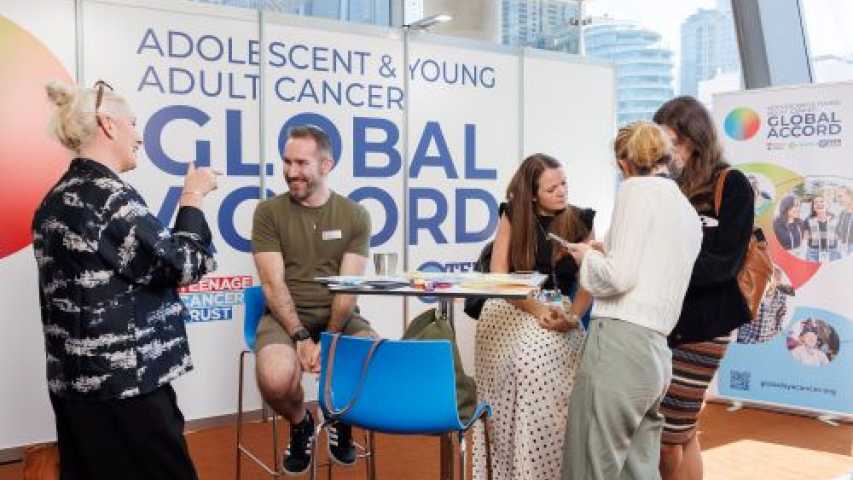We are lucky to have a world class public health system in Australia where people can access free and subsidised medical treatment, including for cancer. However, not all treatments and services are covered and there can be many other costs for patients and families when cancer crashes into their worlds, such as:
- Loss of income for patients and their carers
- Out of pocket costs for medicines, treatments, surgeries, therapies and consultations
- Parking fees, petrol taxis and public transport costs incurred in accessing treatment.
- Intrastate, interstate or overseas travel to access treatment
- Managing long-term health conditions caused by cancer and cancer treatments
- Reduced long-term earning potential.
The hidden costs of cancer can be particularly difficult for young people and can have long-term implications. For young people there is a greater risk of financial toxicity, that is:
The negative patient-level impact of the cost of cancer. It is the combined impact of direct out-of-pocket costs and indirect costs and the changing financial circumstances of an individual and their household due to cancer, its diagnosis, treatment, survivorship and palliation, causing both physical and psychological harms, affecting decisions which can lead to suboptimal cancer outcomes.” (COSA, 2023)
The new Financial Cost of Cancer chapter in the National Cancer Care Policy has been published by Cancer Council Australia, with input from Canteen and other key cancer organisations. The new chapter identifies policy priorities to help reduce the financial costs of cancer and the impacts on individuals, families, communities and governments, both now and in the future. Check it out here: Financial Cost of Cancer | National Cancer Care Policy | Cancer Council
The Clinical Oncology Society of Australia (COSA) is also working to find solutions and innovations to address the issue of financial toxicity and has recently published a report of a Financial Toxicity Think Tank held in May, check it out here.






